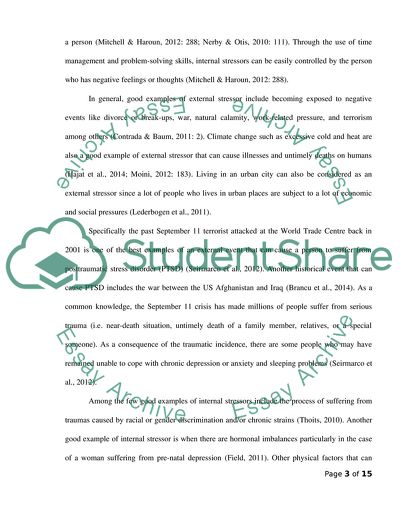Cite this document
(Stress and Its Relationship to Human Health Literature review Example | Topics and Well Written Essays - 2750 words, n.d.)
Stress and Its Relationship to Human Health Literature review Example | Topics and Well Written Essays - 2750 words. https://studentshare.org/psychology/1827802-stress-and-its-relationship-to-human-health
Stress and Its Relationship to Human Health Literature review Example | Topics and Well Written Essays - 2750 words. https://studentshare.org/psychology/1827802-stress-and-its-relationship-to-human-health
(Stress and Its Relationship to Human Health Literature Review Example | Topics and Well Written Essays - 2750 Words)
Stress and Its Relationship to Human Health Literature Review Example | Topics and Well Written Essays - 2750 Words. https://studentshare.org/psychology/1827802-stress-and-its-relationship-to-human-health.
Stress and Its Relationship to Human Health Literature Review Example | Topics and Well Written Essays - 2750 Words. https://studentshare.org/psychology/1827802-stress-and-its-relationship-to-human-health.
“Stress and Its Relationship to Human Health Literature Review Example | Topics and Well Written Essays - 2750 Words”. https://studentshare.org/psychology/1827802-stress-and-its-relationship-to-human-health.


